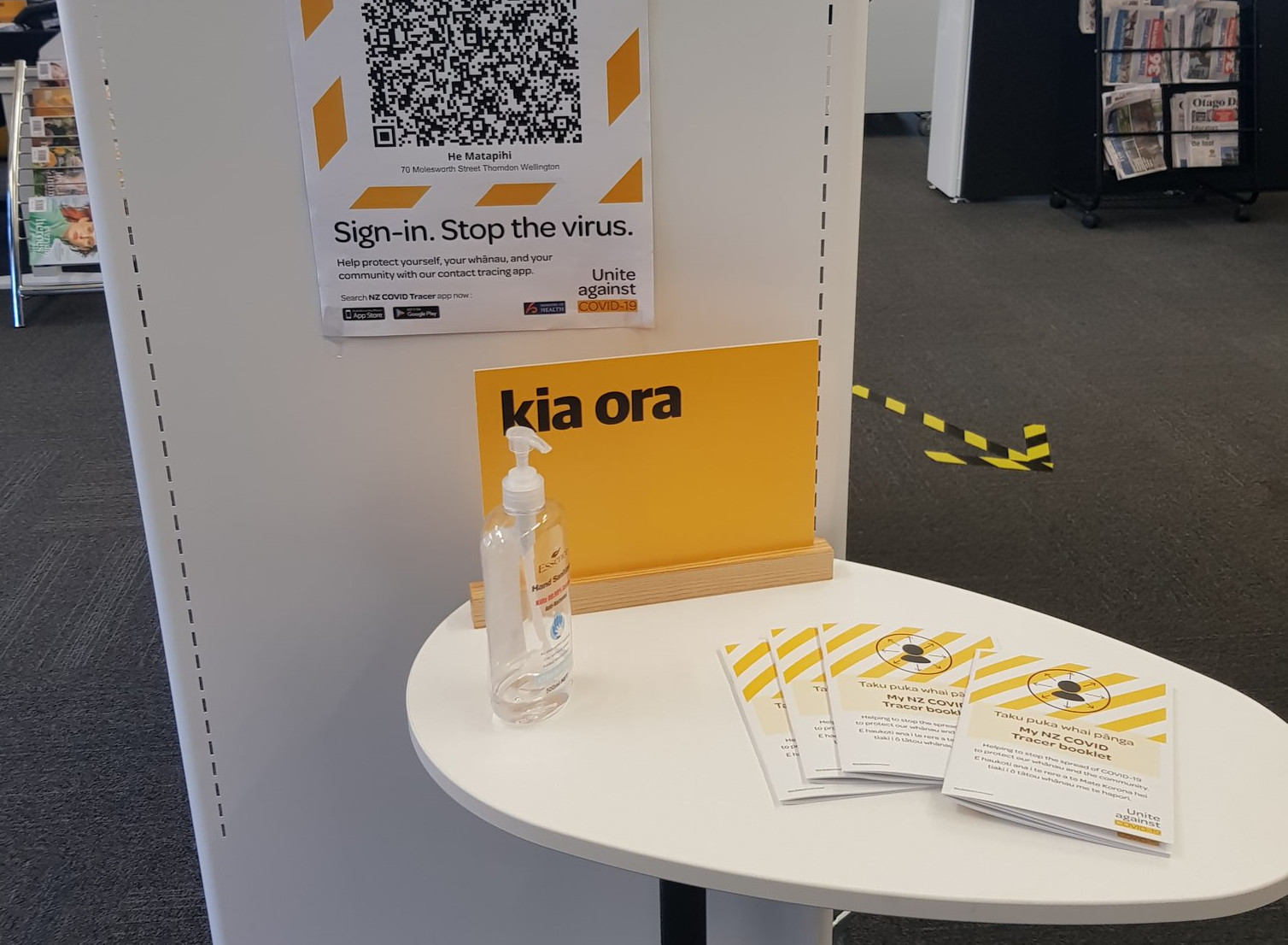Media release
From:
Key Points
The speed with which contacts of newly diagnosed community cases of COVID-19 are identified, tested and quarantined/isolated is a critical determinant of how effective contact tracing is in preventing onward transmission of the virus and the need for lockdowns.
The NZ COVID Tracer smartphone app and NZ COVID Tracer QR code posters were introduced to facilitate rapid contact tracing in the community, but this digital initiative can only achieve its intended aim if businesses and other venues display QR code posters appropriately and if visitors to those venues scan the posters.
We undertook an audit in Dunedin (i) to assess how well the NZ COVID Tracer QR code poster was displayed at randomly selected cafes, restaurants, bars, churches and supermarkets and (ii) to calculate the proportions of visitors to those 40 venues who scanned the QR code poster.
We evaluated the display of QR code posters using a six-item assessment tool that was based on guidance provided to businesses and services by the Ministry of Health; all six criteria were met at half of the hospitality venues, most of the churches and all of the supermarkets.
Scanning proportions were low at all venues (median 10.2%) and at a third of the venues none of the visitors scanned (two thirds of these venues were bars, a high-risk setting for virus transmission).
Summary
It is essential that the contacts of any newly diagnosed community cases of COVID-19 are rapidly identified, tested and quarantined/isolated, in order to prevent onward transmission of the virus and to minimise the need for lockdowns. The NZ COVID Tracer smartphone app and NZ COVID Tracer QR code posters were introduced to assist with rapid contact tracing in the community, but they are only useful if businesses and other venues display QR code posters appropriately and if visitors to those venues scan the posters. We assessed how well the NZ COVID Tracer QR code poster was displayed at randomly selected Dunedin cafes, restaurants, bars, churches and supermarkets and calculated the proportions of visitors to those venues who scanned the QR code poster. Some venues were displaying the QR code poster appropriately, but there was room for improvement at others. Disturbingly low proportions of visitors to the venues scanned the posters.



 New Zealand
New Zealand


